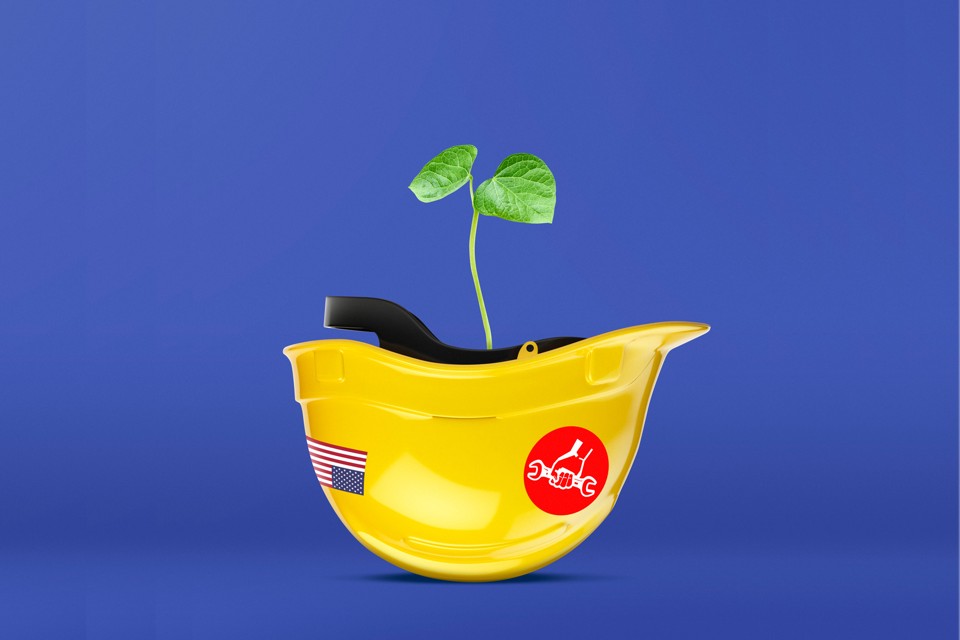The Conservative Case for Unions
How a new kind of labor organization could address the grievances underlying populist anger

A lthough i was as dumbfounded on Election Day as the next D.C. bubble-dweller, I did feel that I had one scrap of insight into the working-class anger that helped power Donald Trump’s improbable victory. Last year, I got a taste of what many Americans are coping with in a globalized economy—a globalized economy, more specifically, in which many workers feel voiceless and powerless. A taste was more than enough.
Early last year, my husband, Michael, took a part-time service job with an international airline. He immediately encountered the practice called just-in-time scheduling. The company would distribute shift schedules in advance, but then it would adjust them at will, often with only a couple of days’ notice and without bothering to consult the affected workers. Michael might be told on a Thursday that he would be working the Saturday-afternoon shift, and never mind our plans to be at a wedding that day.
He didn’t have kids to pick up, or classes to attend, or a second job to work, or any of the other commitments that make just-in-time scheduling an intolerable burden for many workers. Even so, the disruption to our lives soon became unbearable. The unpredictable hours were problematic, but even more demoralizing was the sense of being treated like a machine part. Most frustrating of all was that the company’s random, dysfunctional scheduling practices could easily have been improved by worker input, had there been channels for worker input; but Michael’s supervisor seemed just as helpless as he was, and unsurprisingly, ground-based workers like Michael had no union representation.
I say “unsurprisingly” because private-sector unions are close to extinct. In the 1950s, more than one in three private-sector workers belonged to a union; today, unionization is down to 6 percent of the private-sector workforce, which is lower than it was a century ago, before the modern labor movement took off. And the rate continues to drop.
Even before getting my small taste of what working-class Americans are experiencing in horse doctors’ doses, I had come to see the decline of unions as one of the country’s most pressing problems—and at least as much a social and political problem as an economic one. Old-style, mid-20th-century industrial unions had their flaws, unquestionably. But when unions work as they should, they serve important social functions. They can smooth the jagged edges of The Conservative Case for Unions - The Atlantic:


